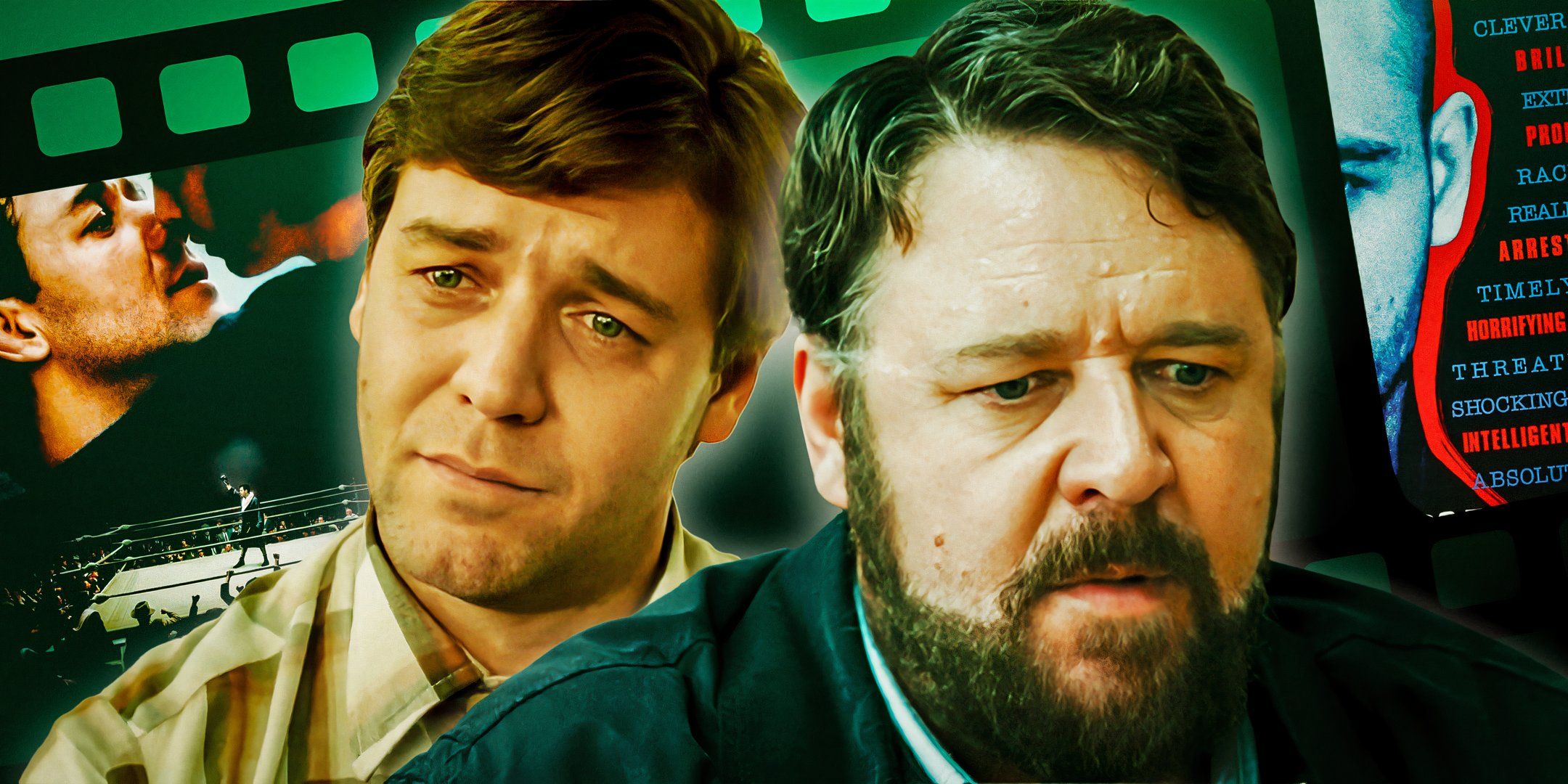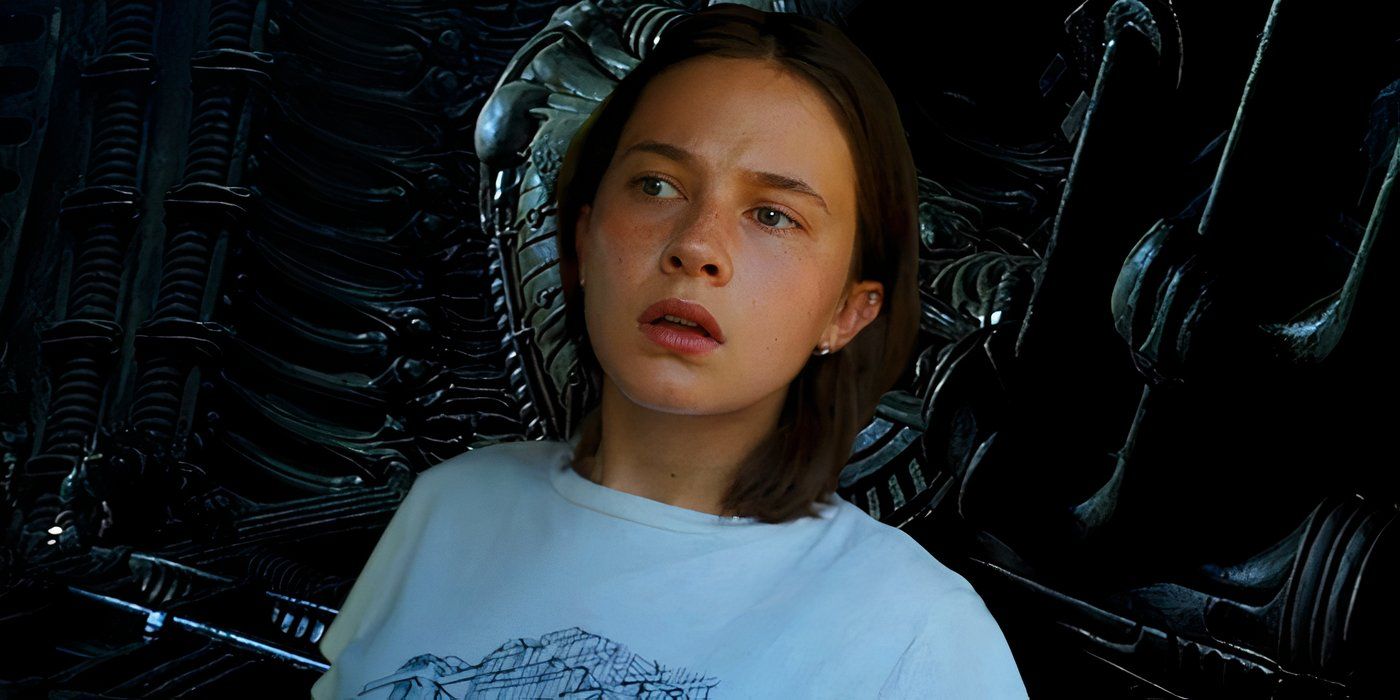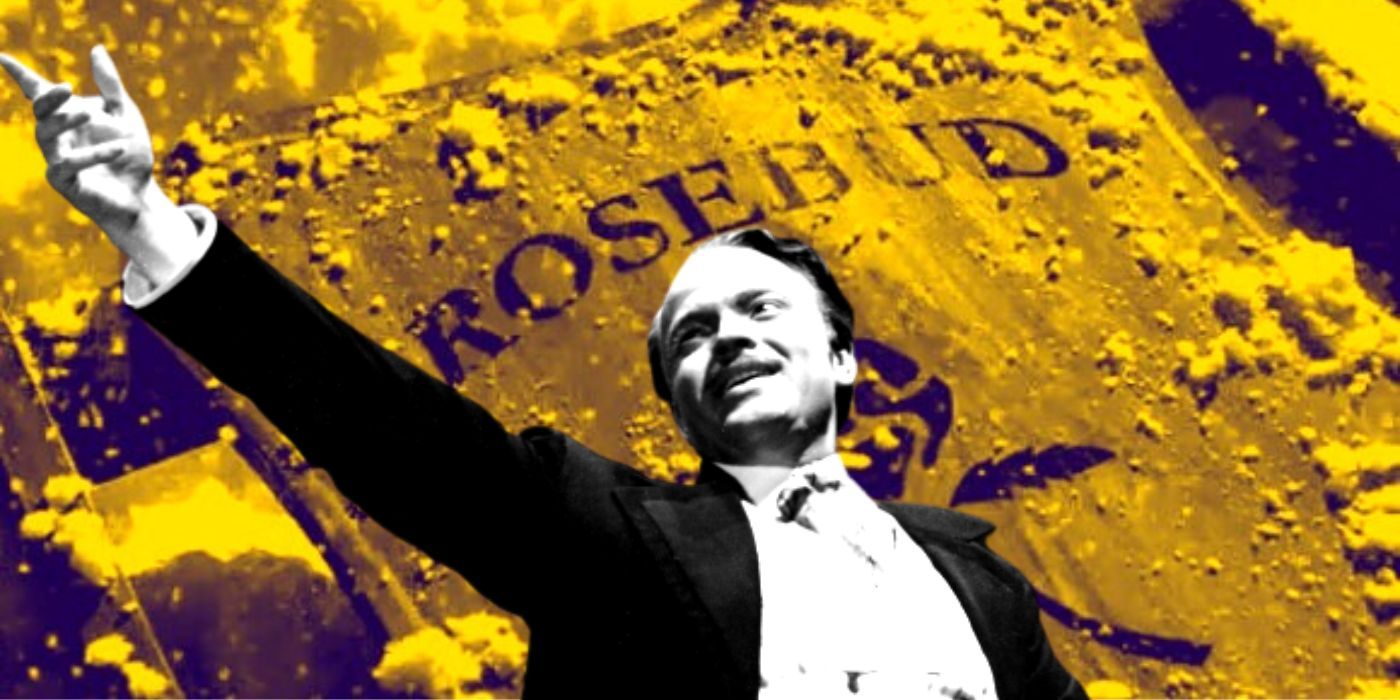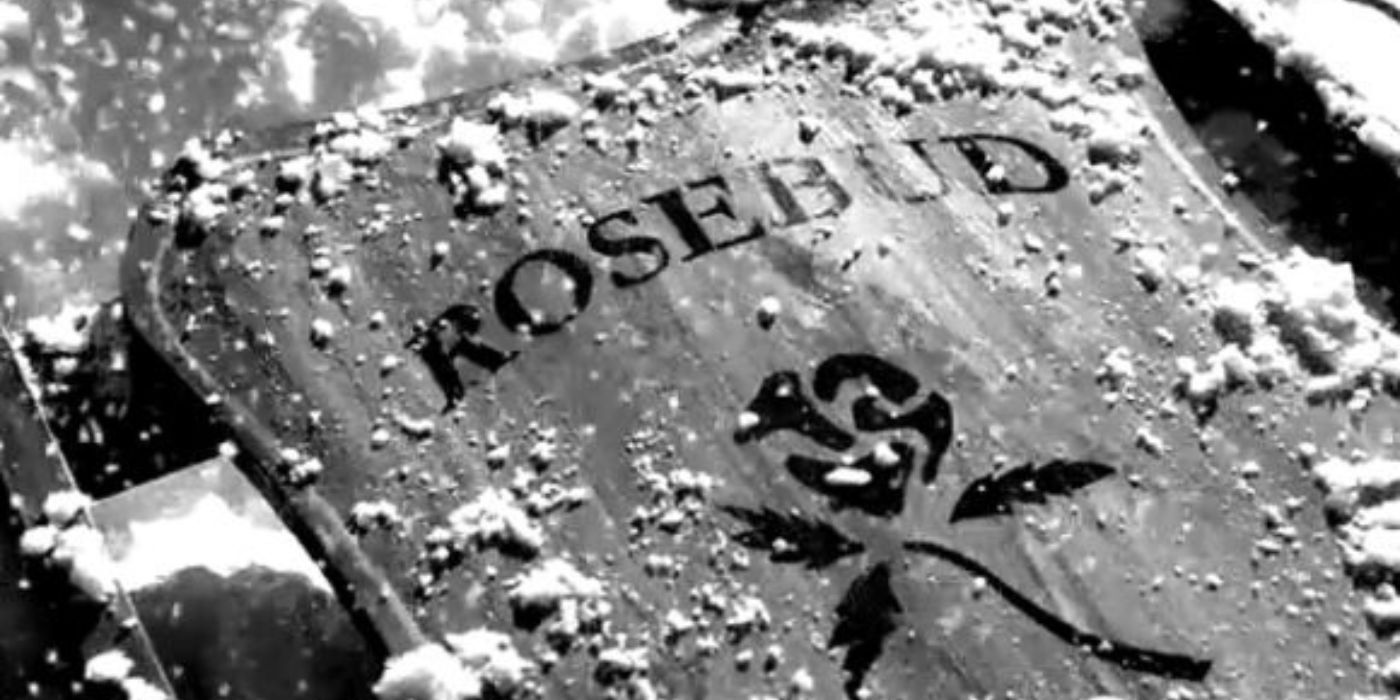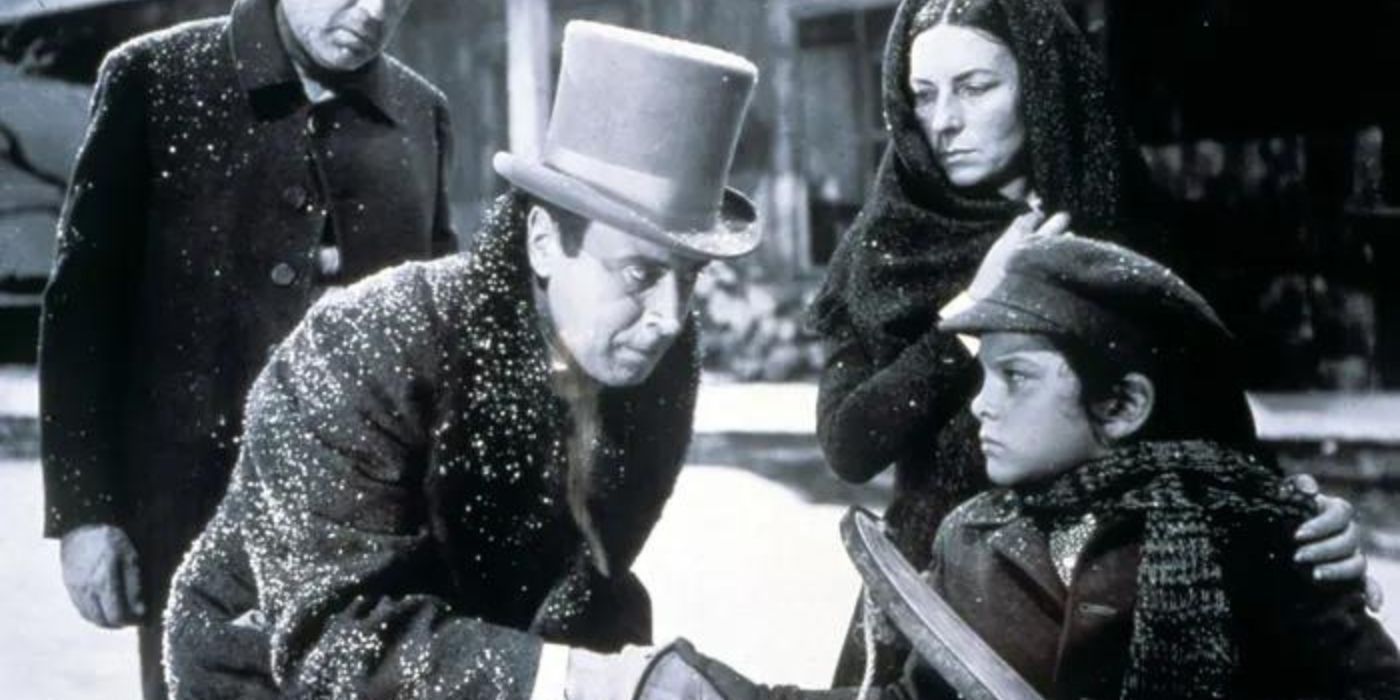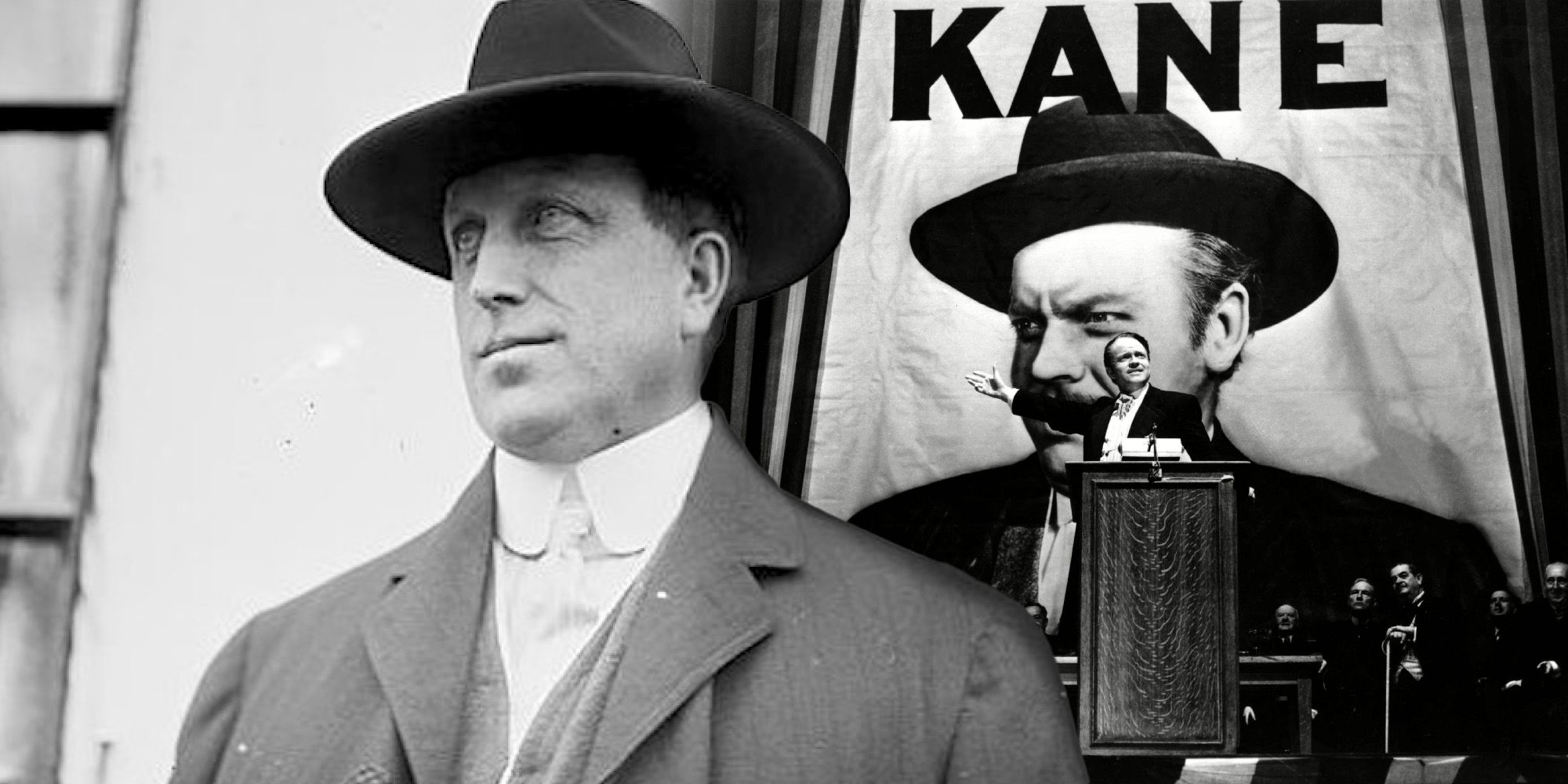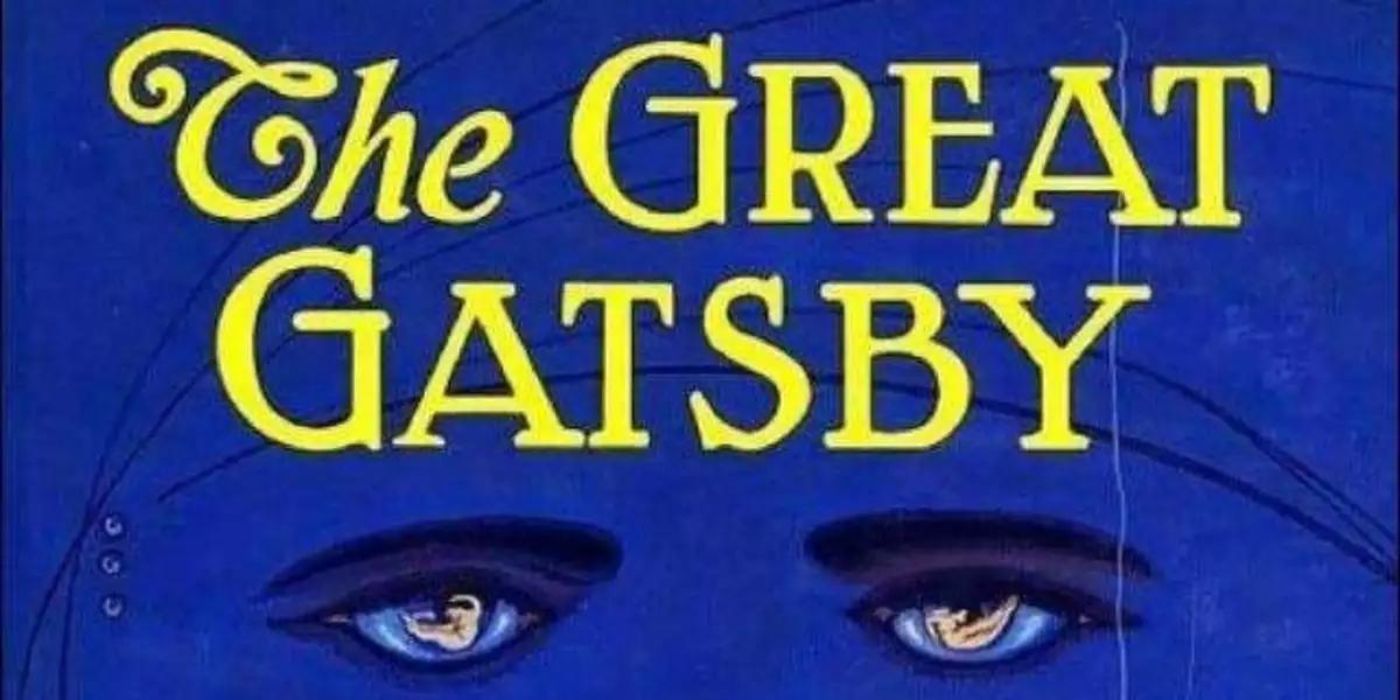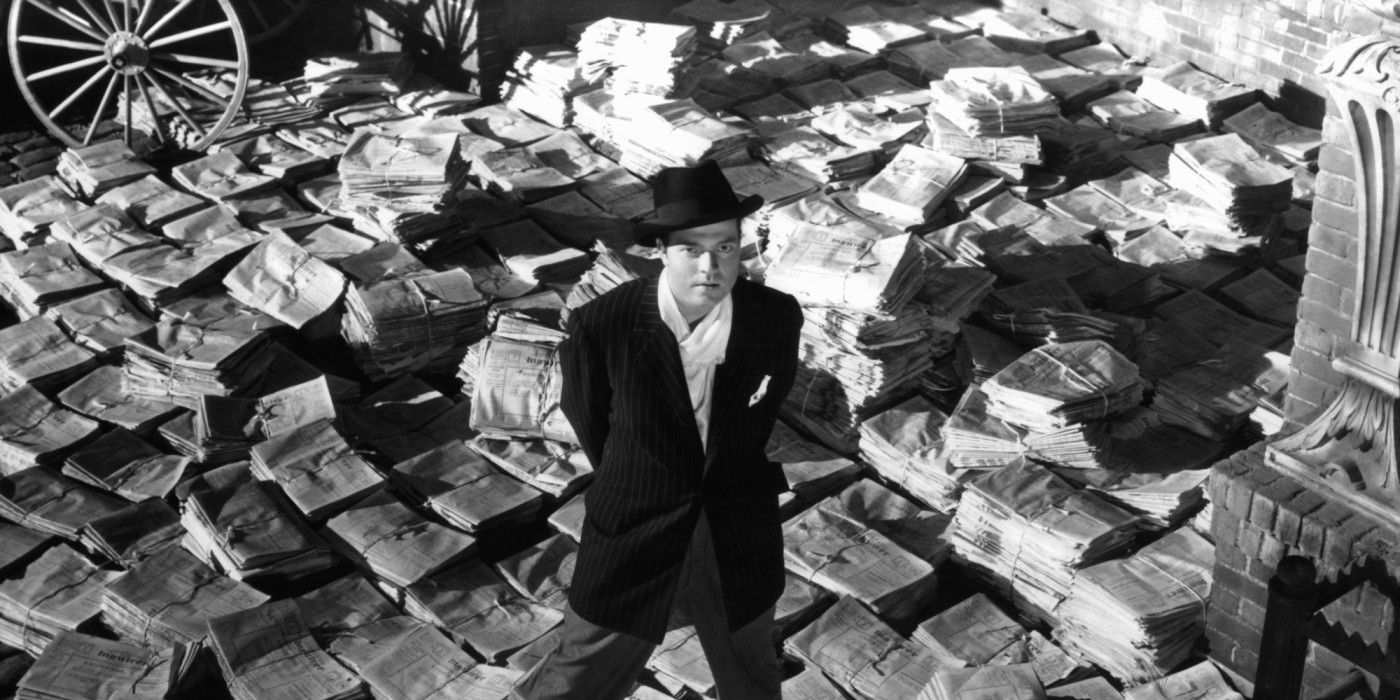Citizen Kane follows the rise and fall of ambitious publishing tycoon Charles Foster Kane, and its ending brings the story back to the start in a well-structured mystery narrative. The lead character, played by Orson Welles, who also directed the 1941 feature, dies at the beginning of the plot, breathing his last breath as he says the ominous word "rosebud." His last word leads to an investigation deep into his scandalous life, but only the film's audience is treated to a definitive, albeit still puzzling answer.
Called the greatest movie ever made, Citizen Kane plays out as a pseudo-biopic as viewers are led through Kane's entire life story, from his childhood in Colorado to his rise as a yellow journalism tycoon and a politician in New York, eventually building up to his demise at his colossal mansion, Xanadu. The way “rosebud” links the beginning to the end was quite a unique plot point in its time, with Welles and Herman J. Mankiewicz’s screenplay also incorporating a non-linear narrative that was again quite unconventional for the 1940s. Such context makes Citizen Kane’s depressing ending all the more important to interpret.
What Happens In The Ending Of Citizen Kane?
The final scene of Citizen Kane reveals the meaning of "rosebud" as the staff of Xanadu catalog and discard most of their late employer’s belongings. This includes a sled that is thrown into the fireplace to burn. As the flames slowly feed on the wood, the camera zooms in on the word “rosebud” painted on it, a reminder of Charles Foster Kane's childhood depicted earlier through the diary of his former guardian, Walter Thatcher (George Coulouris). The reveal comes off as an ironic plot point given how journalist Jerry Thompson (William Alland) tried to find out the meaning behind "rosebud" all through the movie, eventually failing in his investigation.
Rosebud Is A Reminder Of Kane’s Innocence
Going by the flashback scenes in Orson Welles and Herman J Mankiewicz's screenplay, the antihero is introduced as an innocent eight-year-old who is happy in his own world, sliding through the snow on his sled. This is in stark contrast to Kane’s adulthood, which is marked with deceit, lies, and betrayal, both in terms of his personal and professional life. Kane’s yearning for "rosebud" on his deathbed probably implies that his life is flashing in front of his eyes. He’s reflecting on the infamous legacy that he’s leaving behind with only his happy childhood offering some hope, the sled Rosebud serving as a symbol of that long-foregone youth.
The fact that Kane clung onto Rosebud till the very end is ironic, as despite being so wealthy and influential (much like Kane's real-life inspiration, William Randolph Hearst), it's only that wooden sled that stuck with him throughout his whole life. Both of his romantic partners, Emily (Ruth Warrick) and Susan (Dorothy Comingore), left him, owing to his abusive mannerisms. Even his longtime best friend, Jedediah (Joseph Cotton), had to part ways with Kane due to his excessive yellow journalism. So, despite him still living in a mansion, Kane dies alone with his material possessions. The burning of Rosebud further implies that Kane’s legacy will similarly wither away.
Rosebud Also Reflects Kane’s Resistance
While Kane turned out to be quite an egomaniac, he always carried the spirit of resistance. In the flashbacks, he's so intent on not staying with Thatcher that he even strikes him in the face with the sled. Rosebud has always been a reflection of his attitude as he fought against his circumstances. Such a moral debate around its gray protagonist is one of the things that maintains Citizen Kane's relevance on Rotten Tomatoes and other platforms. No matter how many controversies the adult Kane was caught up in, he is depicted as an underdog fighter. Rosebud becomes the reminder of the resistance that ensured his survival through the years.
How Does The Ending Compare To Kane’s Real Life Inspiration?
It was already common knowledge that Citizen Kane was drawn mainly from the life of the ruthless media magnate and politician William Randolph Hearst, a theory that was further fleshed out with the actual history that Mank tried to explore. True to Kane’s fate, even Hearst had quite the downfall. With allegations of yellow journalism and disastrous financial losses in the 1930s, Hearst saw his empire crumbling just like Kane. Hearst even reacted to Citizen Kane by preventing its advertising on his papers, which helped to make it a flop. The media mogul died alone at age 88 in 1951, a decade after Citizen Kane’s release.
The Ending Can Be Compared To The Great Gatsby
Kane’s rise to fame and his eventual downfall, in the end, seem to reflect the hollowness of the so-called “Great American Dream," an ideal perhaps best reflected in classic American literature like the F. Scott Fitzgerald novel The Great Gatsby. Just like how Kane inherited the fortune amassed from Thatcher’s prudent investing, even Gatsby was granted a fortune by his mentor, a copper tycoon. Like Kane's brand of dirty journalism, Gatsby also had to amass his wealth with bootlegging and illegal gambling in the Prohibition Era. Moments after the death of Myrtle in The Great Gatsby, the titular protagonist dies in his vast mansion just like Kane.
The Real Meaning Of Citizen Kane’s Ending
While audiences in the 1940s would have loved watching an all-American hero rise from nothing and become a triumphant underdog, they instead witnessed a rather tragic ending with Citizen Kane. Orson Welles' movie establishes that its titular hero did achieve the fame and fortune he so desperately craved, but it also ended up costing him a lot. This serves as a classic moral story, warning viewers to not succumb to greed to such a point that would lead to final moments of regret. With David Fincher's 2020 biographical feature, Mank, exploring the true story behind Citizen Kane, the ending of the 1941 classic is back in popular conversation.
Rosebud has become an integral symbol in modern pop culture, going on to show how Citizen Kane’s ending is still as relevant as ever. With corruption still persisting in media and politics, it seems that many other real-life Kanes have sprouted to life. But with Welles's hero's downfall, the final meaning behind Kane’s death makes for a tragically poetic monologue. It still serves as a warning to real-world figures about the gloomy end they might encounter in the very end. And with the movie's ending connected to Kane’s life story in an investigative journalistic approach, it becomes more cinematically impactful instead of coming off as a preachy message.


